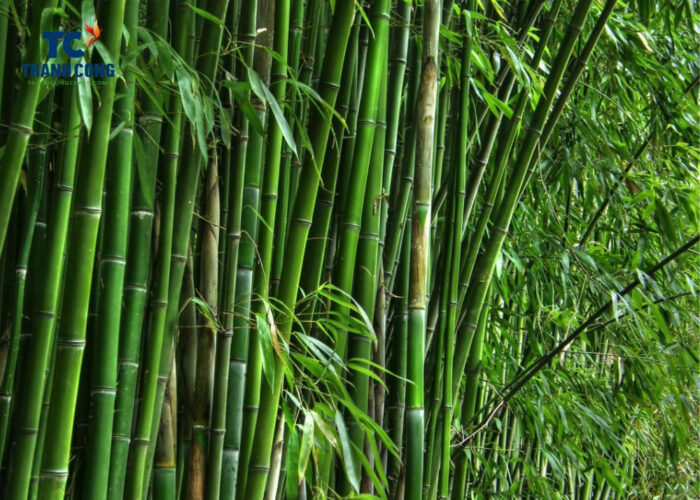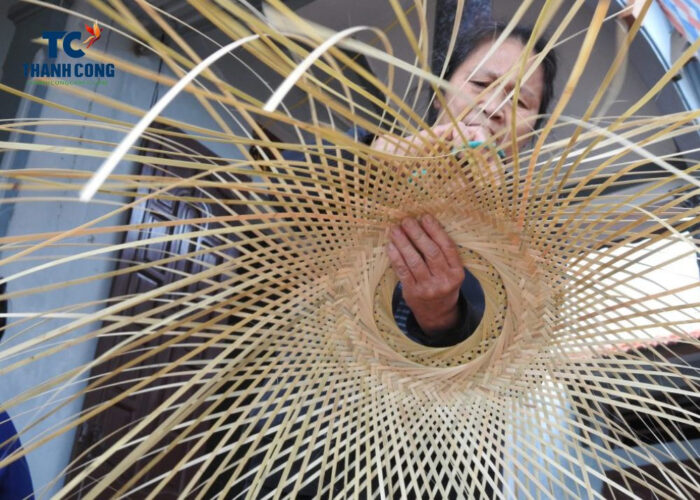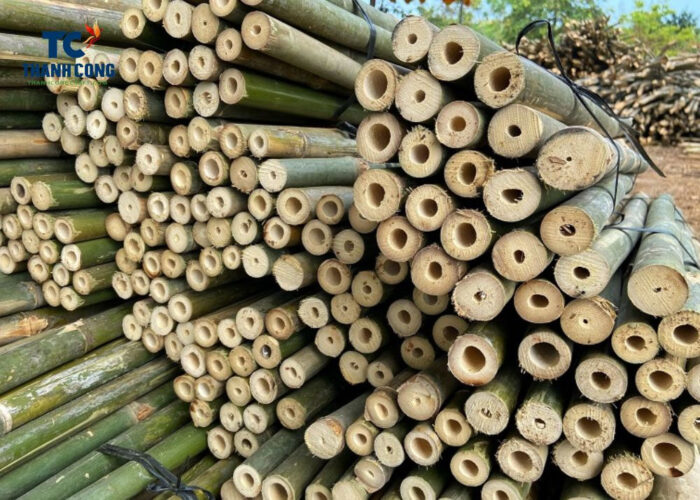Bamboo, a remarkable member of the grass family and a perennial plant with evergreen and recurrent flowering, has been a staple in construction since the dawn of human civilization. In today’s world, where environmental awareness is burgeoning, bamboo is taking center stage. It’s being used to craft an array of items, from chairs, stools, and cutting boards to drawers. The allure of bamboo-made products is capturing the attention of an increasing number of individuals.
Amidst this surge in popularity, a question arises: What’s driving this shift towards bamboo-made products, while other wooden alternatives often remain overlooked? To truly appreciate bamboo’s edge over traditional wood, a comparative analysis across various aspects is essential. Why Is Bamboo Better Than Wood?
Contents [hide]
1. Air Purity: A Breath of Fresh Air
In the grand symphony of life, oxygen takes precedence over even water and sustenance, especially for creatures like humans and animals. When we consider this, the cultivation of bamboo stands out in comparison to traditional wood-producing trees. Bamboo possesses a remarkable ability to unleash an abundance of oxygen and absorb carbon dioxide, surpassing other trees by more than fourfold. Its tireless contribution of oxygen persists throughout the entire year, enriching our atmosphere.

2. Stewardship of Soil
While all flora play a role in safeguarding the soil, bamboo takes a more proactive stance. It stands as a robust defender against flash floods and soil erosion, a distinction not readily matched by other wood-producing trees. Bamboo flourishes, densely intertwined in close quarters, creating a natural bulwark against environmental challenges. In contrast, conventional trees often leave gaps between their ranks, unable to offer the same level of protective camaraderie.
3. Weight: Feather-Light Convenience
In our modern era, the allure of lightweight and portable goods captivates consumers. When seeking kitchen tools like cutting boards, the savvy choice for those conscious of weight considerations is undeniably bamboo-based products. Even in the realm of home furnishings, such as bathroom tables, bamboo creations maintain their advantage by offering a lighter alternative when compared to their wooden counterparts hewn from sturdier timber species like oak and mahogany.
4. Flexibility: Bending the Bounds
Bamboo panels gracefully yield to bending, revealing their inherent flexibility, while simultaneously boasting heightened load-bearing capabilities. In stark contrast, the unyielding nature of conventional wooden planks, whether sourced from oak, mahogany, teak, beech, or balsa trees, renders them impervious to such bending prowess.

5. Water-Resistant
In the realm of water resistance, bamboo-made products surge ahead, outpacing their wooden counterparts crafted from various timber species. Most wooden items lack water resistance entirely, demanding immediate drying or cleaning should water or liquid spill onto their surfaces.
In stark contrast, bamboo-crafted products and floorings offer respite from urgency. Absorbing minimal moisture, they stand resilient against spills, obviating the need for instantaneous attention. While not impervious to water, bamboo products flaunt a marked water resistance that outshines conventional wood floorings.
6. Tensile Strength
Bamboo-based products transcend the ordinary, boasting a tensile strength that rivals even that of steel, setting them apart from their wooden counterparts. Thanks to their formidable structural integrity, items such as drawer organizers crafted from bamboo emerge as beacons of durability, outshining wood sourced from select trees—though oak remains a notable exception.
7. Eco-Friendliness
Trees undoubtedly champion environmental welfare, yet they succumb to the exigencies of human needs, necessitating their feeling. For every maple, oak, or mahogany tree that’s hewn, a recuperative cycle spanning over a decade ensues before replacement.
Bamboo presents a remarkable contrast, circumventing the need for replanting. When one is removed from the earth, another sprouts forth from the same rootstock, flourishing with remarkable speed compared to all other wood-producing trees.

8. Price: A Sensible Investment
Price considerations sway the decisions of many, especially when non-essential purchases are in question. Budget constraints often steer individuals away from products that exceed their financial reach. While certain wood planks might command prices upwards of $10 per square foot, the majority of bamboo planks beckon at a more wallet-friendly range, typically ranging from $5 to $7 per square foot.
9. Conclusion: The Clear Choice
In the realm of construction materials, bamboo emerges as the unequivocal champion, trumping other wood planks across multiple dimensions. From its robust strength to its eco-conscious disposition, impressive water resistance, reasonable cost, and soil-preserving qualities, bamboo effortlessly outshines conventional wood. As it also contributes to the enhancement of air quality, bamboo indisputably stands as the superior option. With diligent care and maintenance, bamboo-made products promise a lasting investment, serving you dutifully for an extended span of time.
If you have any further questions, don’t hesitate to send thanhcongcraft an email us at info@thanhcongcraft.com or message us at WhatsApp: +84967485411. Hope to serve you soon! Best regard!


